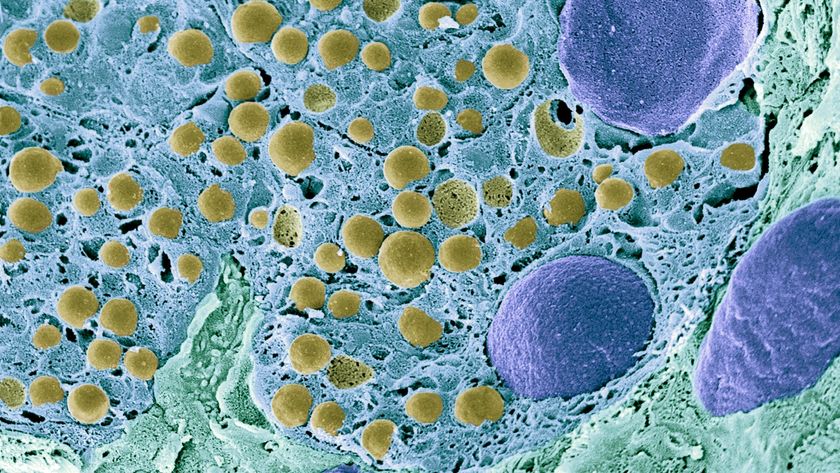Long Naps Linked to Diabetes

A nap, a siesta, or as the Chinese call it, a wujiao, is a pleasant break from the day, but the debate on its health effects continues. While some studies have found cognitive benefits from a short afternoon sleep, others have suggested a link between napping and negative effects, including a shortened life span.
Now, a new study has found that people who nap longer than others are at higher risk for diabetes, suggesting that naps of different durations affect the body differently.
In the study, the researchers looked at 27,000 retired Chinese men and women, and categorized them into four groups based on their nap duration, ranging from zero minutes to more than 60 minutes.
More than two-thirds of the participants — about 18,500 people — reported regularly taking afternoon naps. After adjusting for confounding factors such as smoking, how long participants slept at night and physical activity, the results showed that those who reported napping for more than an hour had a higher risk of prediabetes and diabetes compared to "nonnappers." [7 Strange Facts About Insomnia]
While longer nap durations were associated with an increased risk for high blood sugar and diabetes, people who took short naps, of less than 30 minutes, tended to have lower blood-sugar levels compared to nonnappers; however, this link was not statistically significant.
"The findings may have important implications for people who regularly nap," said Eliane Lucassen, a researcher at Leiden University Medical Center in the Netherlands.
"Taking a so-called power nap may be useful for certain individuals, but naps should not be too long," she wrote in a commentary about the findings of the study, published last week in the journal Sleep Medicine.
Sign up for the Live Science daily newsletter now
Get the world’s most fascinating discoveries delivered straight to your inbox.
The nap culture
The findings cannot prove a cause-and-effect relationship between napping and diabetes, the researchers cautioned. It is possible that diabetes itself induces tiredness, which may encourage napping.
In China, however, as in many other societies, napping is well accepted and routinely practiced by all age groups. The commonness of this habit makes it less plausible that regular napping is caused by high glucose levels or diabetes, the researchers said.
In a 2010 study of Chinese nappers, participants who reported taking naps frequently — four to six days a week — were about 50 percent more likely to have diabetes than those who napped less frequently. The results held after controlling for other risk factors and excluding people who were potentially ill and who had daytime sleepiness.
In that study, the researchers concluded that "it is less likely that diabetes leads to daytime sleepiness. This raises the possibility that napping may increase the risk of diabetes."
How could long naps lead to diabetes?
Diabetes is group of metabolic diseases in which the person has high blood sugar because the body doesn't produce enough insulin to remove excess glucose from the blood, or because the cells have become resistant to insulin.
Previous studies have suggested a link between diabetes and either too much or not enough nighttime sleep. It is possible that sleeping during the day, too, disturbs the internal clock that regulates the 24-hour cycle of processes in the body, including the release of insulin, whereas naps that are short enough do not have such an effect, the researchers said.
It is also possible that people who take longer naps tend to sleep less at night, and it could be the loss of nighttime sleep that affects diabetes risk, Lucassen said.
Email Bahar Gholipour. Follow Live Science @livescience, Facebook & Google+. Original article on Live Science.












